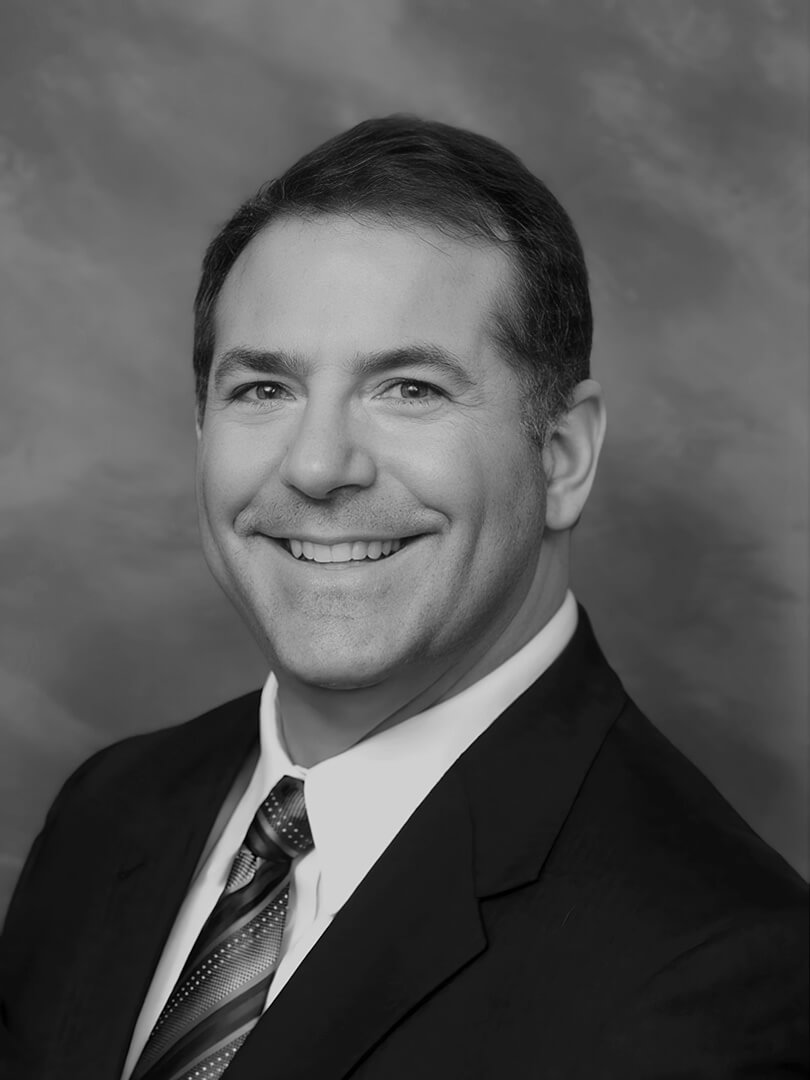Meet Fort Myers Facial Plastic Surgeon Dr. Douglas M. Stevens
Dr. Douglas Stevens graduated from the Massachusetts Institute of Technology in Cambridge, MA with a degree in chemical engineering. He attended the Albany Medical College in upstate New York and earned his M.D. in 1986. While at Albany, his classmates elected him as the student most representing the characteristics of a physician.

Dr. Stevens completed his general surgery internship and residency in Otolaryngology Head and Neck Surgery at the Bethesda Naval Hospital in Bethesda, Maryland. He served 12 years in the Navy and attending both the Navy submarine and diving schools. He worked at the Naval Medical Research Institute’s experimental diving unit and then served as a staff surgeon and ultimately department head of Otolaryngology Head and Neck Surgery at the Naval Hospital in Great Lakes, IL. He received the Navy Commendation Medal, Navy Achievement Medals (3), and won a Navy wide resident research award.
Dr. Douglas Stevens is board certified by the American Board of Facial Plastic and Reconstructive Surgery and the American Board of Otolaryngology Head and Neck Surgery. He is a fellow and honor award recipient of the American Academy of Otolaryngology Head and Neck Surgery. He was a member of the credentialing committee of the American Board of Facial Plastic and Reconstructive Surgery from 2005-2008 and author of more than 40 articles on facial plastic and head and neck surgery and diving medicine.
Dr. Douglas Stevens has practiced in Fort Myers since 1997. He and his wife, Dr. Teresa Stevens, a pediatrician, have three children and enjoy traveling, boating and fishing, reading and sports of all kinds.
Education & Employment
| 1997-present | Private Practice | Fort Myers, Florida |
| 1995-1997 | Staff Surgeon and Department Head | Otolaryngology – Head and Neck Naval Hospital – Great Lakes, Illinois |
| 1991-1995 | Residency in Otolaryngology | National Naval Medical Center – Bethesda, Maryland |
| 1987-1991 | Research in Experimental Diving Medicine | Naval Medical Research Institute |
| 1986-1987 | Surgical Internship | National Naval Medical Center – Bethesda, Maryland |
| 1982-1986 | Medical School | Albany Medical College – Albany, New York |
| 1979-1982 | Undergraduate degree – Chemical engineering | Massachusetts Institute of Technology – Cambridge, MA |
Education & Employment
Professional Societies
Personal Philosophy
Thank you for your interest in my practice as you contemplate rejuvenation of the face. I would like to take this opportunity to introduce myself and give you a glimpse into my background, training and philosophy regarding cosmetic procedures and surgery of the face and neck areas.
Schedule
a Consultation
Schedule a consultation in Fort Myers with facial plastic surgeon Dr. Douglas Stevens. Dr. Stevens and his talented staff offer a wide selection of surgical and non-surgical cosmetic procedures to rejuvenate your appearance and restore your youthful facial features.